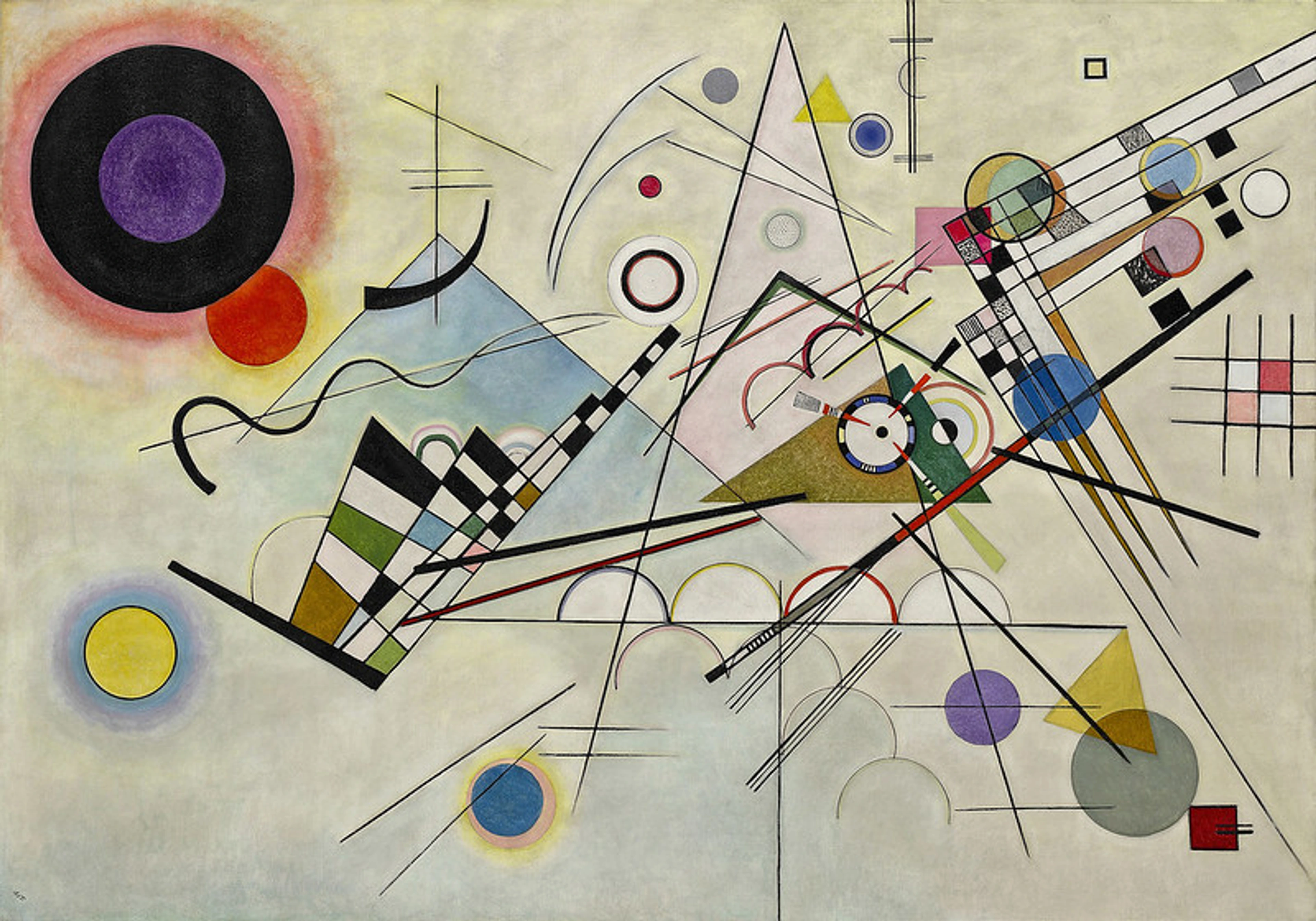
The Rhythmic Canvas: How Jazz Ignited Visual Art
Explore the profound and often overlooked influence of jazz on visual art, from Cubism's fractured rhythms to Abstract Expressionism's improvisational spirit. Discover the powerful synergy that reshaped artistic expression.
The Rhythmic Canvas: How Jazz Ignited Visual Art
I've always been fascinated by how different art forms speak to each other, you know? Like, when you listen to a piece of music and it just demands a certain color palette in your mind, or you look at a painting and you can almost hear the symphony playing in its brushstrokes. It's not just a coincidence; there's a deep, beautiful conversation happening. And nowhere is that more evident, I think, than in the incredible influence jazz has had on visual art.
It's a connection that's often felt more than seen, a whisper of rhythm and improvisation echoing across different mediums. I mean, think about it: jazz, born from a fusion of African rhythms and European harmonies, burst onto the scene in the early 20th century, a whirlwind of spontaneity, syncopation, and raw emotion. It wasn't just music; it was a cultural force, a new way of experiencing the world. And artists, being the sensitive antennae of society that they are, couldn't help but tune in.
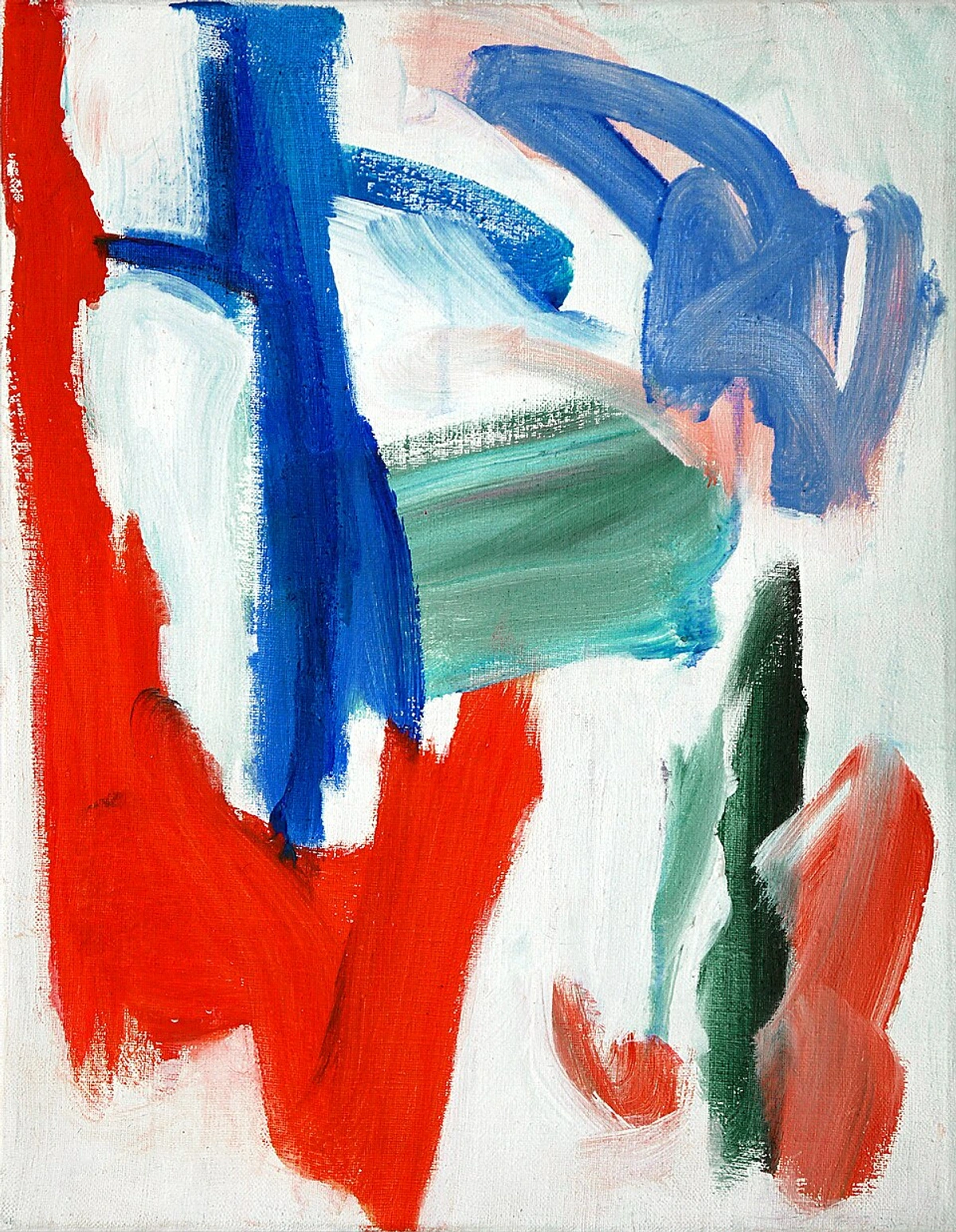
The Symbiotic Pulse: Music and Canvas Dancing Together
To really get this, we have to acknowledge that music and visual art have always had a kind of shared DNA. We talk about the "rhythm" of a painting or the "color" of a piece of music. Philosophers and artists have debated synesthesia – the mingling of senses – for centuries. When jazz arrived, it just cranked that connection up to eleven. It provided a new vocabulary for movement, improvisation, and emotion that visual artists were eager to translate.
I like to think of it as a call-and-response, much like in jazz itself. The music would pose a question – How do you capture this frenetic energy? How do you paint a blue note? – and the artists would respond, pushing the boundaries of their own canvases.
Jazz as a Cultural Earthquake: Setting the Stage
Jazz wasn't just a new sound; it was a revolution. It challenged norms, embraced freedom, and became the soundtrack to a rapidly changing world, particularly in America. Its origins in African American communities, from the vibrant streets of New Orleans to the bustling clubs of Harlem, infused it with a profound sense of identity and cultural expression. This wasn't polite salon music; this was vital, alive, and uninhibited.
This new, expressive freedom resonated deeply with artists who were themselves trying to break free from academic traditions and explore new forms of expression. Suddenly, the canvas felt too static for the dynamism of modern life, and jazz offered a blueprint for injecting that missing vitality.
Key Movements Where Jazz Left its Indelible Mark
If you ask me, the influence of jazz isn't always about direct representation. It's often about the spirit of the music, the underlying principles that permeated the artistic atmosphere. Here are a few places where you can definitely hear that jazz beat in the visual arts:
Cubism: Fractured Rhythms and Visual Improvisation
When I first started looking at Cubism, with its fragmented perspectives and geometric forms, I thought of it as purely an intellectual exercise in challenging traditional representation. But then, as I delved deeper, I started to hear the syncopation of jazz in those canvases. The way a saxophone solo breaks a melody into unexpected fragments, only to bring them back together in a new, compelling whole – doesn't that sound a lot like what Picasso and Braque were doing?
Consider how Cubist artists deconstructed objects and reassembled them from multiple viewpoints. This wasn't just about optics; it was about capturing movement and time, much like a jazz musician explores a melody through countless improvisational variations. The visual discord, the unexpected angles, the rhythmic repetition of forms – it all echoes the complex, layered rhythms of a jazz ensemble. It's like a visual improvisation!
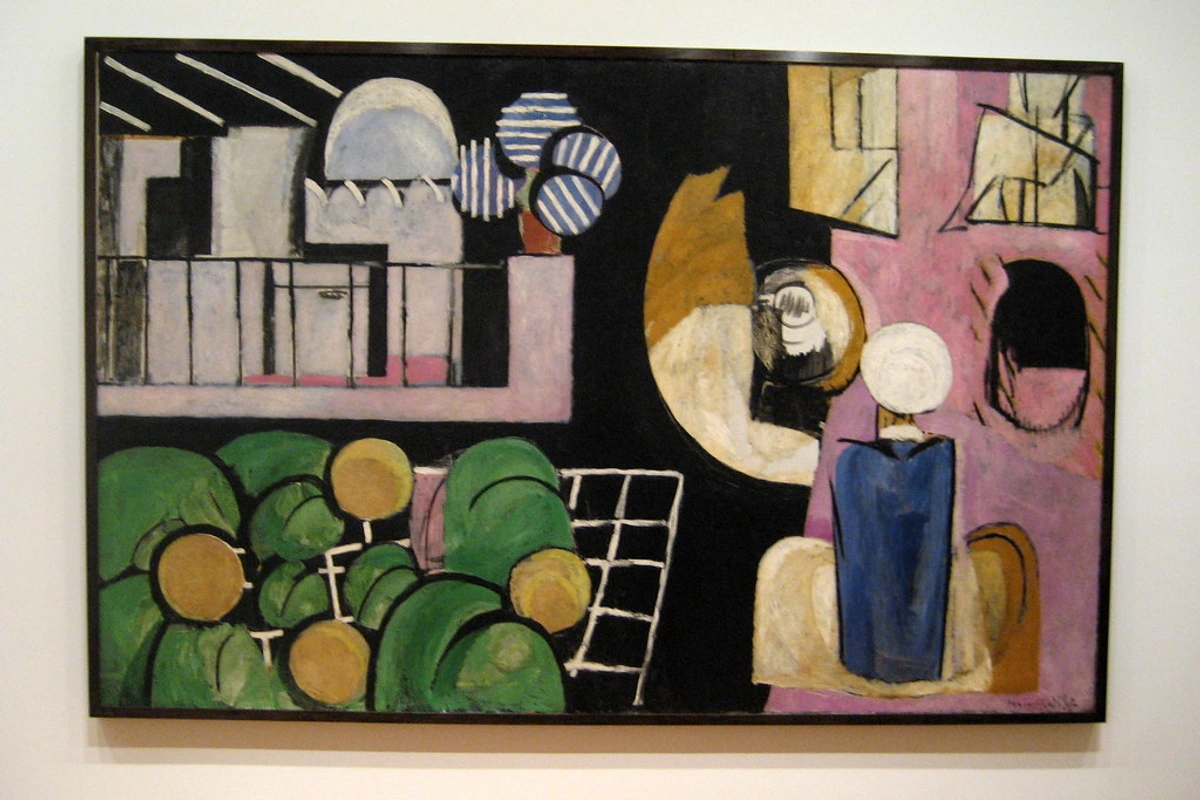
The Harlem Renaissance: A Cultural Symphony
Now, this is where the connection becomes undeniable. The Harlem Renaissance was a full-blown cultural explosion in the 1920s and 30s, and jazz was its beating heart. In a time of profound social change and burgeoning Black identity, jazz provided the soundtrack for poets, writers, and especially visual artists. It was more than just inspiration; it was the very fabric of the movement.
Artists like Aaron Douglas, Jacob Lawrence, and Romare Bearden didn't just listen to jazz; they lived it. Their work often depicted jazz clubs, musicians, and the vibrant life of Harlem, but more importantly, their style itself mirrored the music. You see strong, rhythmic lines, dynamic compositions, and a powerful sense of narrative that perfectly captured the energy and spirit of the era. If you want to dive deeper into this incredible period, I highly recommend checking out our article on the-harlem-renaissance-art-culture-and-identity-in-1920s-america.
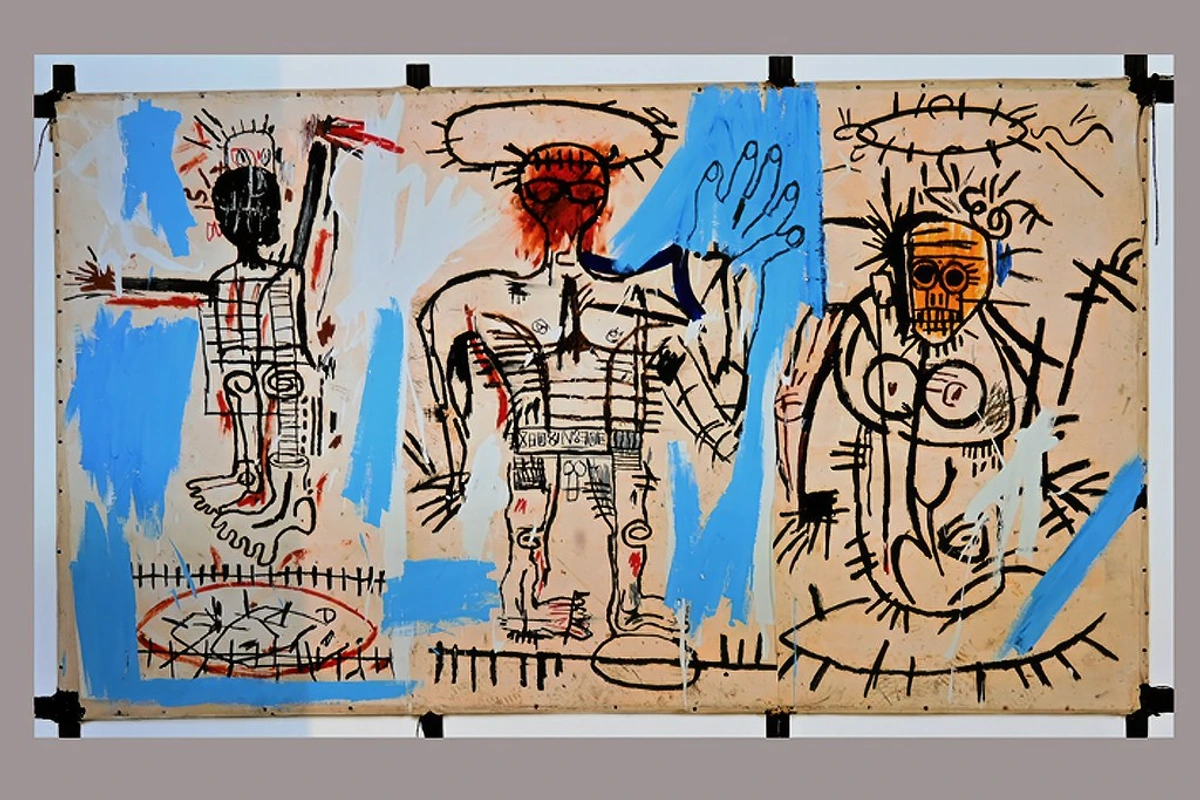
Abstract Expressionism: The Ultimate Jam Session
Fast forward a few decades, and you find Abstract Expressionism roaring to life in post-war America. Think Jackson Pollock, Willem de Kooning, Franz Kline. Their canvases were vast battlegrounds of emotion, spontaneity, and raw gestural energy. And honestly, it's hard to imagine this movement without the sonic backdrop of jazz.
Pollock's drip paintings, for example, aren't just random splashes; they're controlled chaos, a rhythmic dance across the canvas that mirrors the improvisation and syncopation of a jazz solo. De Kooning's aggressive brushstrokes and layered compositions feel like a visual equivalent of a full jazz band roaring to life. The whole idea of the artist as a performer, engaging directly and physically with the canvas, has such a strong parallel in the live, improvisational nature of jazz.
It’s this direct, unmediated expression, this action painting, that really screams jazz to me. If you’re into exploring the broader landscape of non-representational art, our guide to the-ultimate-guide-to-abstract-art-movements-from-early-pioneers-to-contemporary-trends is a great place to start.
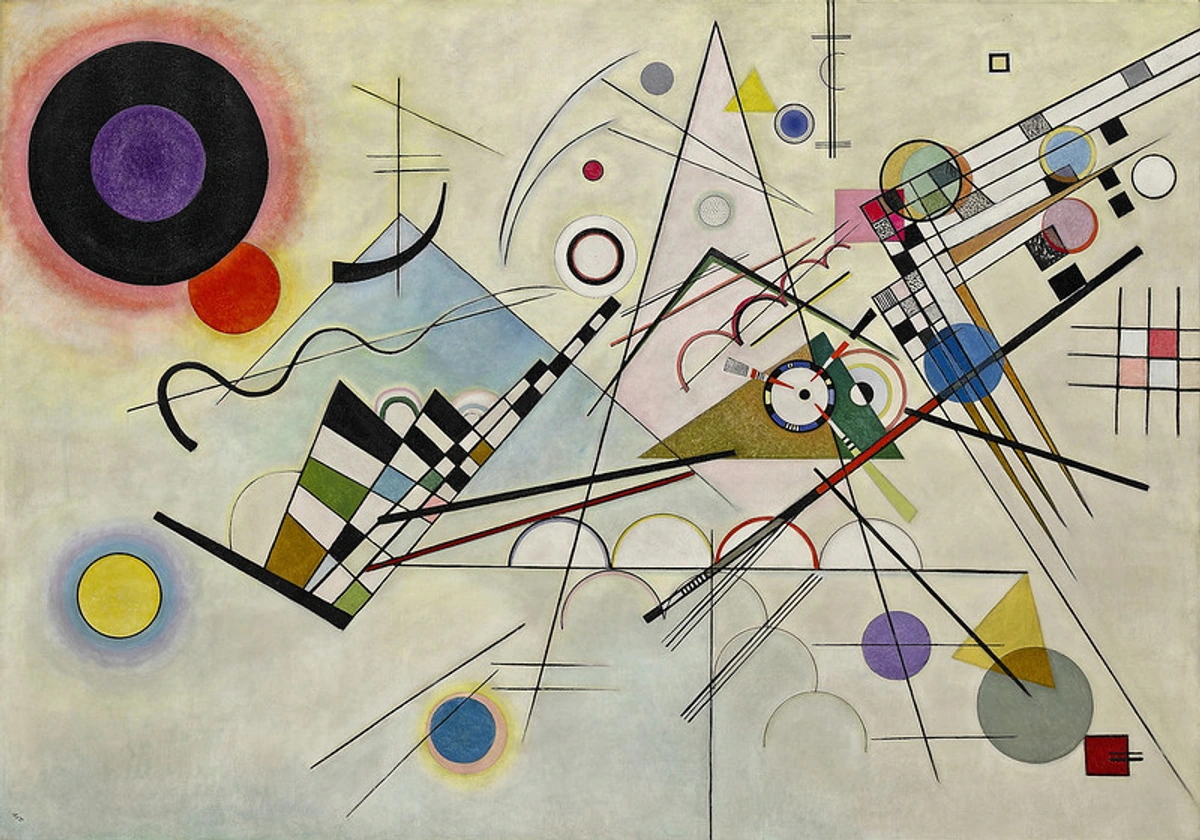
How Jazz's Essence Translates to the Canvas
So, what exactly is it about jazz that artists found so compelling? I think it boils down to a few key elements:
1. Rhythm and Movement
Jazz is defined by its rhythm – from the steady swing to complex syncopation. Visual artists translated this into dynamic compositions, gestural brushstrokes, and a palpable sense of movement. Lines might dance across the canvas, shapes might collide and overlap with a percussive energy.
2. Improvisation and Spontaneity
The heart of jazz is improvisation. Musicians create in the moment, responding to each other and the unfolding melody. This encouraged artists to embrace chance, intuition, and direct engagement with their materials, leading to more spontaneous and expressive works. Pollock's "action painting" is a prime example.
3. Color and Emotion (Synesthesia)
Jazz is incredibly emotive, capable of expressing everything from joyous abandon to profound melancholy. Artists used color to evoke these feelings, often drawing on the concept of synesthesia, where sounds are perceived as colors. Think of the "blue notes" of jazz inspiring artists to use deep, resonant blues and purples to convey mood.
4. Narrative and Cultural Identity
Especially during the Harlem Renaissance, jazz provided a rich tapestry of stories and a powerful assertion of identity. Artists depicted scenes of black life, music, and struggle, creating visual narratives that were deeply informed by the cultural context of jazz.
Notable Artists and Their Jazz Connections
It’s always helpful to put some names to these grand ideas. Here’s a quick table of artists who openly acknowledged or clearly demonstrated jazz influences in their work:
| Artist | Artistic Movement | Key Jazz Connection




